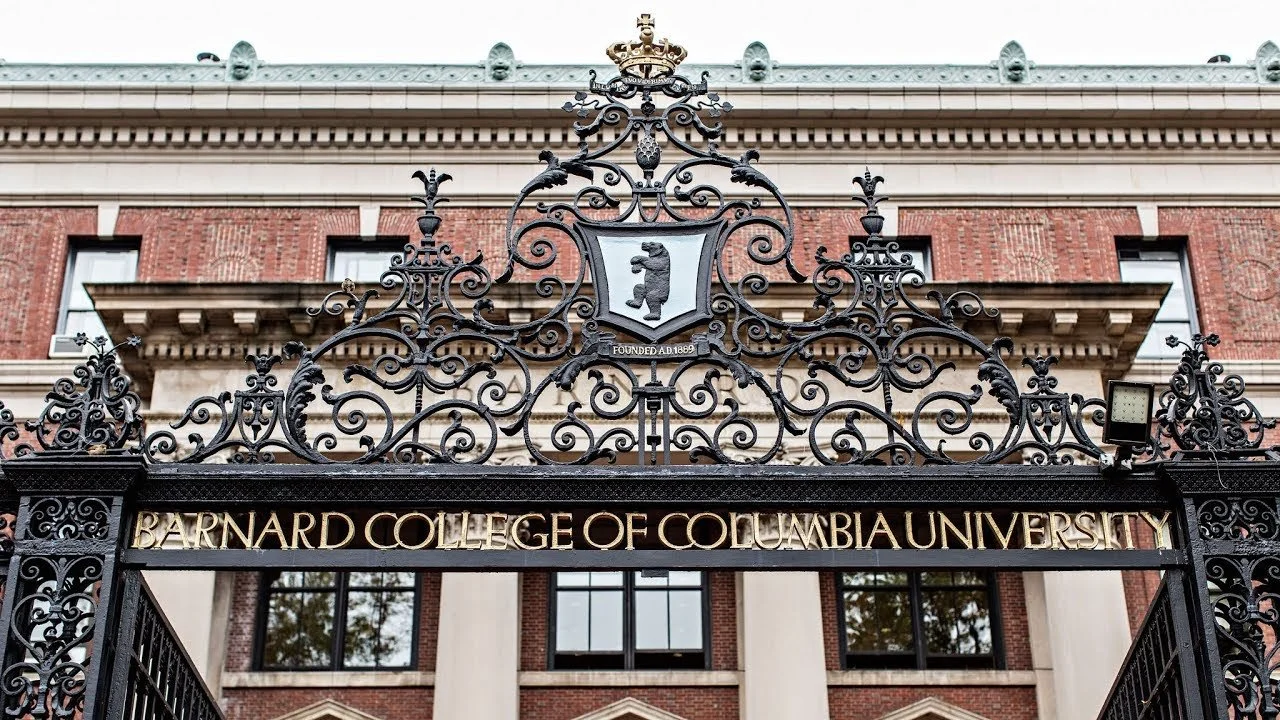Next Gen: What's Behind Tesla's Latest STEM Education Give?
/Photo: TierneyMJ/shutterstock
When a company’s every move seems to become headline business news, it can be easy to forget that its interests—and its philanthropy—won’t likely differ too much from that of its peers and competitors. Such is the case with Tesla, Inc. This month, amid ongoing drama around the rollout of its Model 3 electric sedan, the firm began making good on a 2014 promise to dedicate $37.5 million to K-12 STEM education in Nevada.
Directed through Nevada’s Department of Education, the first round of grants adds up to $1.5 million, and is very much in line with what you’d expect from a sustainable tech company. That is, a spate of gifts meant to foster an education-to-employment pipeline for science-minded students in the state that hosts Tesla’s Gigafactory 1.
Tesla’s Chief Technology Officer J.B. Straubel said as much when the grants were announced: “The demand for STEM jobs in Nevada will continue to grow dramatically over the next few years. That is why we’re investing in initiatives that inspire students to choose a career in STEM and sustainability, and give them a foundation for success.”
That all sounds fairly standard, and if these grants weren’t part of a longstanding plan, we’d be tempted to attribute them to a bid for some much-needed PR. After all, Tesla has had a turbulent 2018 so far, and a string of allegations about the way the automaker treats its workers has eyebrows raised in some quarters. CEO Elon Musk’s various feuds and faux pas, while they make for entertaining reading, haven’t helped, either.
But this $37.5 million is part of a larger story: Nevada’s successful attempt several years ago to secure the Gigafactory, along with an eye-popping $100 billion in economic impact over 20 years (though some estimates have been substantially lower). By setting the stage for a homegrown crop of tech talent, Tesla serves its own interests as well as those of a state eager to diversify its economy—in part by attracting firms and employees over the border from California.
This initial $1.5 million is only a very small part of what Tesla plans to disburse in annual installments of $7.5 million. And judging from the company’s sunny ambitions, it’s not hard to imagine higher levels of giving down the road. So far, it seems like Tesla intends to focus on educational initiatives directly related to its line of work. For instance, there’s plenty of money for student robotics programs through grantees like FIRST Nevada and the Robotics Education and Competition Foundation, as well as support for hands-on learning about energy efficiency through Envirolution, Inc.
Tesla is also backing scholarships, camps and partnership programs to encourage students’ interest in STEM, including an engineering camp for girls. Some of the grantees here include Sierra Nevada Journeys and Jobs for Nevada’s Graduates. There’s even money for Energetics Education, Inc.'s Solar Rollers program, which challenges high schoolers to design, build, and race sun-powered radio-controlled cars. For a full list of the grants, see here.
Funding for STEM education, of course, has long attracted plenty of donor dollars, and not just from companies like Tesla. Despite arguments that the STEM skillset has been over-hyped and that the U.S. suffers from no shortage of tech talent, the money keeps flowing. In this set of grants, Tesla’s focus on robotics and sustainable energy tracks with growing sectors in the tech economy, as well as its own line of business.
Another factor underlying continued donor support for STEM is the local nature of demand for many of these skills. Corporations are keen to upgrade worker skills in those geographic areas where they've made big investments, such as building new plants or regional centers. Larger national trends regarding the STEM skills of the U.S. labor force matter less to major employers than the situation in regions that matter to them. STEM education donations make sense in those places even if they don’t across the nation as a whole.
It’s clear that both Tesla Inc. and the state of Nevada share an ambition to anchor another tech corridor in the mostly rural state, diversifying Nevada’s economy beyond what it’s typically associated with. There’s still a lot of that $37.5 million left to give, and it’s quite likely those forthcoming grants will follow the same trajectory: supporting job skills development and fostering early interest in science and engineering, especially through nonprofit intermediaries. It’ll be interesting to track whether Tesla also chooses to pursue a racial equity angle, like some of its peers in the STEM funding space, or if it’ll more fully adopt the popular 1-1-1 funding model pioneered by Salesforce. We’ll see.
Related:







































